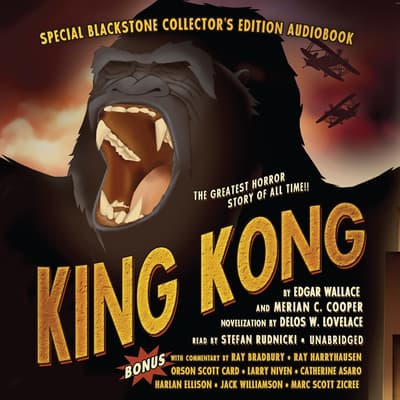

“I am going to show you the greatest sight your eyes ever beheld. 164).įinally, Denham’s proclamation to his Broadway audience calls to mind the image of a slave on the auction block: His hand caught in her dress and the dress tore in his huge fingers. There, however, her shoulder was white and softly gleaming. “In the faint light Ann was now no more than a shadow except where her dress was torn. Later, following Kong’s capture of Ann, Lovelace evokes the myth of the black male rapist when he writes, As the crew of the Wanderer approaches Skull Island, Denham declares, “I tell you there’s something on that island…Something no white man has ever seen” (p. In this manner, Kong carries with it not only the baggage of a colonial mindset from the romanticized Age of Exploration and Discovery, but also the racial attitudes prevalent in the United States in the 1930s. The basic story of King Kong, well-known as it is, serves as an American retelling of Sir Arthur Conan Doyle’s The Lost World. Unfortunately, the “modern” setting is the 1930s and there are plenty of scenes that suggest severe racial undertones. King Kong serves as a modern retelling of Gabrielle-Suzanne Barbot de Villeneuve’s classic French fairytale. The only point on which Lovelace grows repetitive is his portrayal of Denham constantly reiterating that this is a tale of Beauty and the Beast. He quickly sends the characters off on adventure, allows the suspense to build when necessary, and focuses on the action to great effect. Lovelace’s writing evokes the best of the classic adventure novel story and doesn’t waste words. Cooper’s screenplay for the original 1933 film to the novel format, released in the same year as the film.


Lovelace adapts Edgar Wallace and Merian C.


 0 kommentar(er)
0 kommentar(er)
